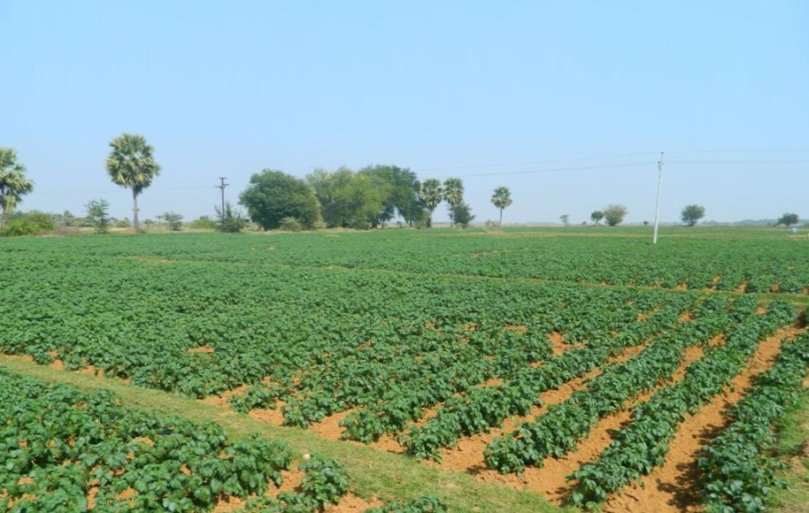Bhubaneswar: In what could be termed as a shot in the arm for the state government, survey reports hint at an increase in the income of the rural population which was possible due to the government’s efforts to provide better agricultural infrastructure and encourage crop diversification.
The Agriculture department also claimed that there is a steady increase in the income of rural Odisha, as evident from the statistics of agencies like NSSO.
A senior bureaucrat in the department said that farm incomes have doubled in the last decade, poverty ratio has fallen sharply and around eight million rural poor have been raised above the poverty line between 2004-05 and 2011-12.
The bureaucrat’s claims are also supported by the Economic Survey of Odisha 2017-18, which says that the state recorded a real growth rate of 10.39 per cent in 2016-17 for the first time.
Farm output has jumped and per capita income is pegged at Rs 77,193 in 2017-18 against Rs 72,780 in 2016-17 – an increase of 6.06 per cent.
If the economic survey reports of the state for 2017-18 and 2016-17 are compared, it can be found that the share of the agricultural sector has increased in the Gross State Domestic Product (GSDP).
The 2016-17 survey pegged the share of agriculture in GSDP at 19.91 per cent at current prices (2016-17) while it pegged the share of agriculture in GSDP at 19.98 per cent at current prices in the 2017-18 survey, an increase of 0.7 per cent. The comparison hinted at a reduction in the share of industry and an increase in the share of the service sector.
An Agriculture department top official, requesting anonymity, said that crop diversification has helped in reducing risks.
“The area under paddy cultivation, the staple crop of the state, has been declining, and other crops are now being cultivated by many. Our storage capacity has also increased, and this has helped us to store more produce from farmers now,” he said.
Most farmers are reported to be approaching government procurement agencies to sell their paddy at minimum support price (MSP).
Tulasiram Sahu of Birmal village in Bargarh district said they prefer to sell their produce through registered societies to state agencies at MSP, and only a few sell it directly in the market.
Sahu said that although the government supplies seeds to the farmers at a subsidised price of Rs 200 for 20 kg after buying it at Rs 540, most farmers buy high yielding seeds at higher prices from the market to improve yields.
Manish Kumar, OP
